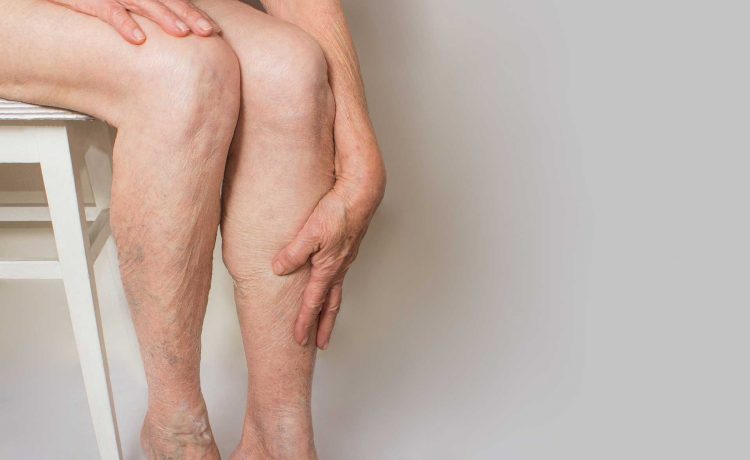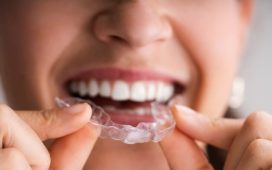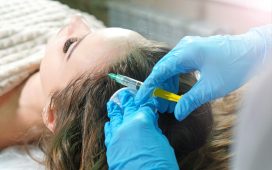One in every 20 Americans aged 50 years has peripheral arterial disease; the older the person, the higher the risk of cardiovascular complications like a heart attack. Early detection minimizes your risk of such difficulties. The Alate Health specialists use advanced technology to diagnose and treat PAD, allowing you to enjoy your favorite physical activities.
How peripheral arterial disease affects your body
Peripheral vascular disease (PVD), also known as peripheral arterial disease, is a circulatory condition due to the narrowing of your arteries, cutting down the amount of blood flowing to the extremities. An inadequate supply of blood in your limbs, usually the legs, may result in claudication and other painful symptoms. The peripheral arterial disease often signifies accumulated fatty deposits in your blood vessels (atherosclerosis).
The threat of PAD goes beyond trouble walking, and the effects can be more detrimental than missing a golf game or shopping trip. This circulatory disorder can potentially lead to ulcers in your feet. In severe cases, the sores may occur in your gangrene, increasing your chances of amputation. Considering that the circulatory system is interconnected, PAD can harm more than just the affected limb.
Most individuals with atherosclerosis in their legs are likely to have it in other body parts. Peripheral arterial disease elevates your risk of transient ischemic attacks (/mini-stroke), heart attack, renal problems, or stroke.
The progressive symptoms of peripheral arterial disease
Half of the individuals living with peripheral vascular disease are unaware that they have it, as it rarely causes significant symptoms—however, most patients complain of leg pain, weakness, or unexplained fatigue. PAD symptoms may only become evident after the disease is advanced. The most prevalent early symptom of PAD is intermittent claudication that occurs with activity, resolves with rest, and recurs after resuming the exercise. In addition to leg pain, you experience tiredness, numbness, weakness, and heaviness in your leg muscles. The pain may worsen over time, limiting your ability to enjoy physical activities like playing with your children and golfing. Advanced PAD results in foot and toe ulcers, an aching or burning sensation in our legs, especially at night, calm skin, and frequent infections.
Treatment options for PAD
Dr. Doe employs the latest technology to diagnose PAD. Insurance covers like Medicare and Medicaid usually take care of these painless medical exams. The specialists offer minimally invasive treatments under mild sedation, restoring optimal health. Your treatment may include:
- Balloon angioplasty
Balloon angioplasty involves placing a catheter with a balloon at the tip into the affected blood vessel. Your provider inflates the balloon, flattening the fatty deposits and restoring blood flow.
- Atherectomy
During atherectomy, your doctor employs a small device to remove the source of the blockage. Dr. Doe uses cutting-edge controllable atherectomy devices for efficiency.
- Stenting
During the stenting procedure, your provider inserts metal tubes into the affected artery to keep it open. The team rarely recommends this procedure because you need blood-thinning medications to hold the arteries open.
Call Dr. Doe or click on the booking tool to begin your PAD treatment to create an appointment.







